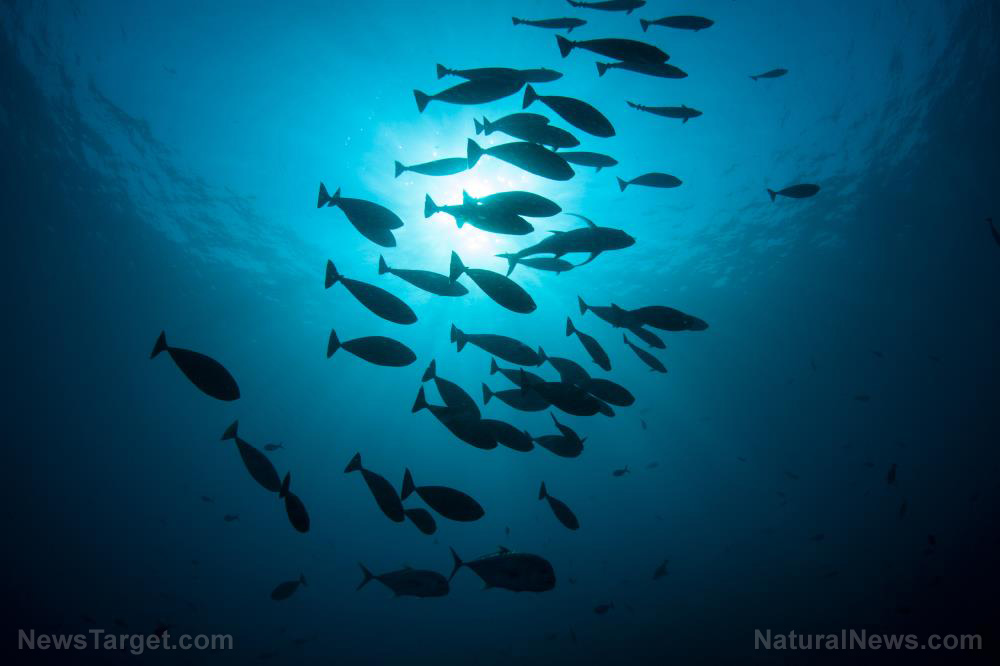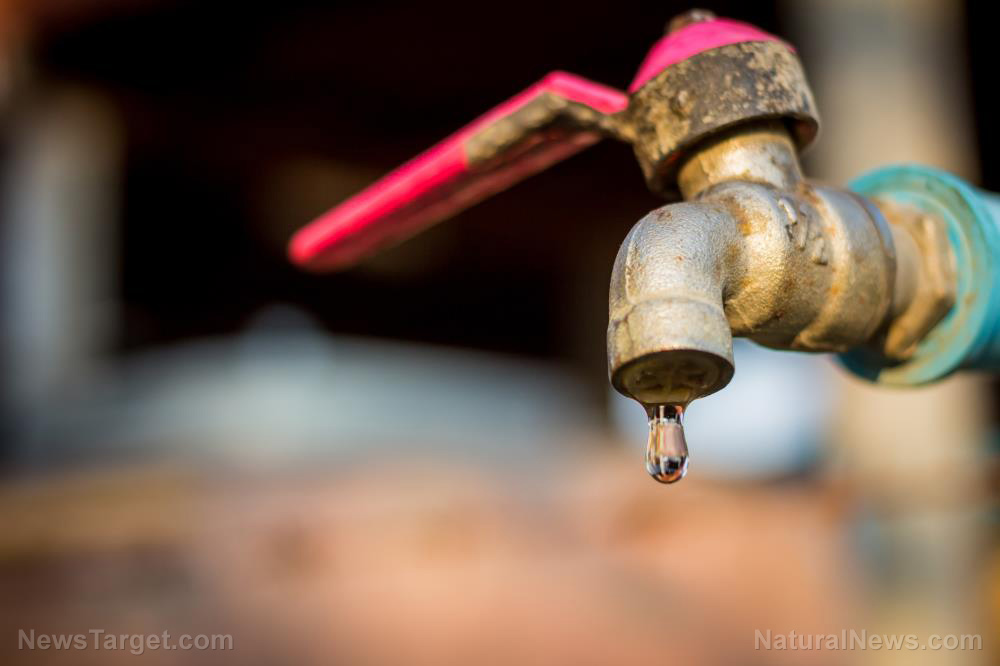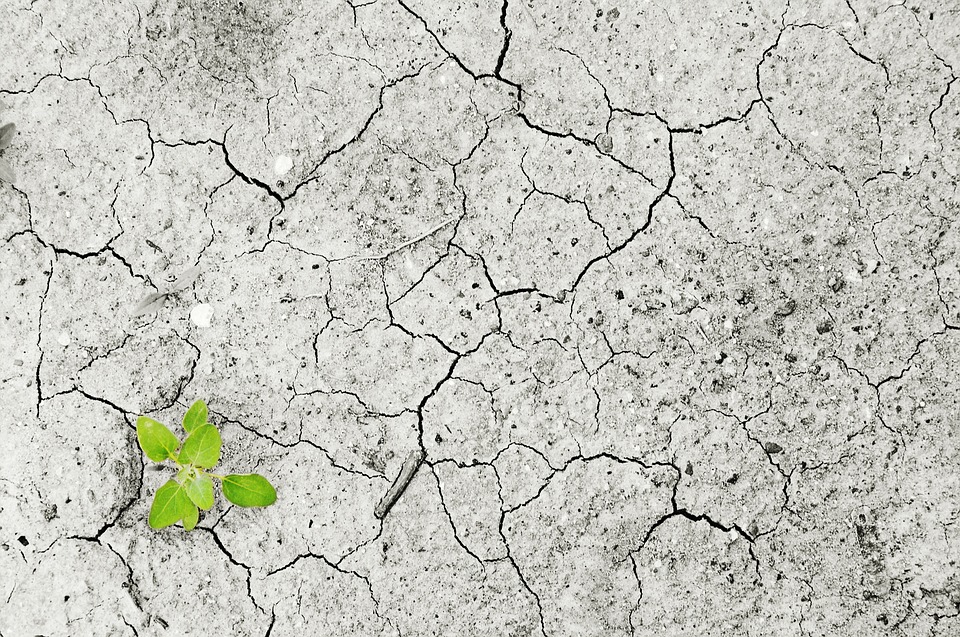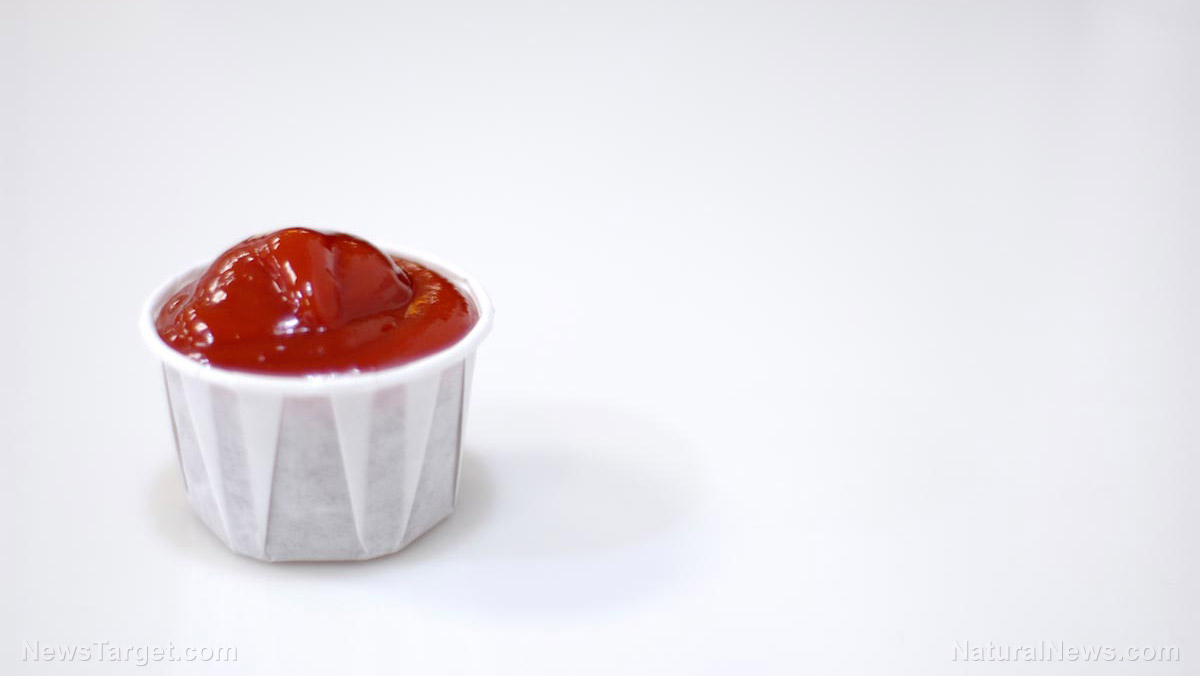Solar aquaculture: Harnessing solar energy to improve oyster and algae farming
09/13/2021 / By Virgilio Marin

Solar energy offers a way for aquaculture farms to become sustainable. But for many oyster and algae growers, going solar is also a viable solution for some of aquaculture’s peskiest problems, such as extreme tides and waterfront conflicts. Below are some of the ways aquaculture companies use solar energy to improve oyster and algae farming:
Streamlining oyster harvesting
Canada’s D’Eon Oyster Company was able to streamline their operations and generate excess the amount of energy they needed after going solar. The firm originally wished to address extreme tides at its fishing location because these caused delays to its operations.
“We have some of the world’s highest tides and at low tide our boat can’t get to the wharf. Sometimes it’s low tide all day, and we weren’t able to harvest or process our oysters,” said operations manager Colton D’Eon.
The company’s previous system for harvesting and transporting oysters was also labor-intensive. Workers had to wait for high tide before they can bring in the oysters and transport them to the wharf. They then had to drive the oysters to a processing plant down the road.
“We thought, what if we didn’t have to depend on the tide, and what if we could just harvest and process the oysters right in the channel where there’s all this water?” D’Eon recalled.
The firm thought that installing an oyster grader in a barge could solve the problem but it needed a reliable power supply. To that end, the company installed solar panels and a battery storage system in a 1,200-square-foot barge. The solar power system generated so much power that the firm was able to install more machinery. In addition, the solar batteries provide enough storage so that the equipment could run at full power for three days without sunlight.

In the end, D’Eon Oyster was able to eliminate about 25 percent of its non-value-added steps, according to D’Eon.
Avoiding waterfront conflicts
Bayside aquaculture can lead to conflict with other waterfront property owners who consider farming operations an eyesore. American aquaculture technology start-up Solar Oysters was able to address this problem by building a floating, solar-powered prototype platform that grows oysters using rotating cages.
The prototype measures five by eight feet and is equipped with solar panels that power the rotation of oyster cages through a 20-foot water column once a day. Rotating the cages increases oysters’ exposure to nutrients and allows the use of an automated cleaning system, which means less backbreaking labor.
The fully-developed system would be able to produce 250 kilowatt-hours of solar energy per day. And because the system can be used to extract nitrogen and phosphorus from the water, it can also generate additional revenue from nutrient credits.
Plus, the platform would allow water farmers to conduct operations offshore, therefore preventing conflicts with waterfront neighbors.
“We’re hoping that by putting these in 20 feet of water – which for a lot of estuaries means it’s very far from shore – that we will mitigate those complaints and make it a lot easier for aquaculturists to do the work they really want to do,” said Elizabeth Hines, vice president of Maritime Applied Physics Corporation, the joint owner of Solar Oysters.
Producing alternative protein supplies
British algae manufacturer SuSeWi produces protein supplies by harvesting solar energy using algae, which is the most efficient organism when it comes to converting sunlight into energy and capturing carbon.
The firm took inspiration from the massive algal blooms found in the world’s oceans. According to co-founder Keith Coleman, algae in nature grows abundantly and rapidly using only carbon dioxide, sunlight and seawater.
With that in mind, the company “scaled-down the sea” by developing an inland pond that replicates oceanic conditions at a smaller scale. Besides producing algae-derived proteins and lipids as sustainable alternatives to fishmeal, the pond also generates human food ingredients, supplements and pigments, among other products. (Related: Microalgae and seaweed farming: The answer to sustainable food and waste management for fish farms?.)
Now, SuSeWi operates an 8,000-square-meter pond on the coast of Morocco, which Coleman said is the largest algae pond in the world. The company is currently raising funds to build a 100-hectare system made up of 12,000-square-meter ponds by the end of 2022.
Harnessing solar energy is a smart and sustainable solution to some of the most significant challenges in aquaculture, including extreme tides and waterfront conflicts. But besides being clean and renewable, solar power is also available for free.
Learn more about innovative uses of solar technology at SolarPanels.news.
Sources include:
Tagged Under: algae, algae farming, aquaculture, Climate, Ecology, environment, food supply, oyster farming, renewable energy, solar battery, solar energy, solar panels, sustainability





















